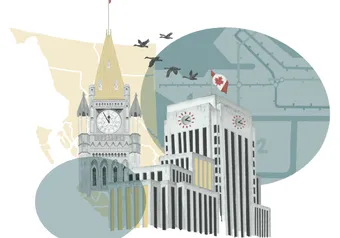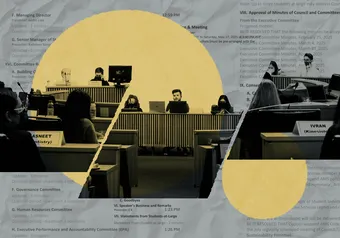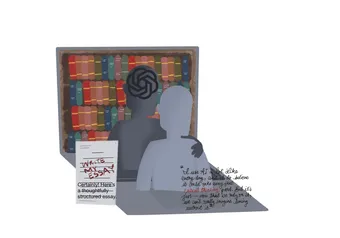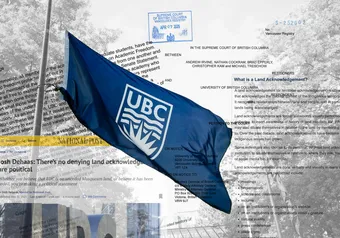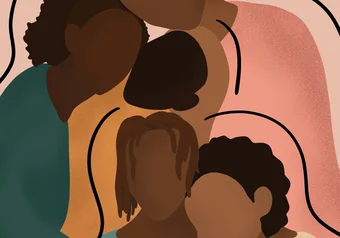A few weeks ago, I was going through the course listings and I came across a weird line in the description of the Hindi-Urdu program in the Asian Studies Department. UBC describes Hindi as “the official language of the Republic of India," but the thing is, India doesn’t have one official language, it has two — Hindi and English. Of course, these are just the languages that the federal government operates in. Practically, there are 22 scheduled languages, 122 major languages and around 1, 600 other languages.
Hindi was initially supposed to be the sole official language, but when the time came to establish that constitutionally, there were huge riots and political unrest in non-Hindi speaking parts of the country, so much so that English was kept on as an official language.
Additionally, there are supposed to be language reviews every ten years to evaluate the usage of Hindi and to promote it, but even that’s a contested topic. Even this endeavour towards the promotion of Hindi is an expression of regionalism, that is, longstanding Northern cultural domination over the South.
Which is my main problem with that description — it refers to a contested issue with overwhelmingly broad-based terminology, without really getting into all the complicated implications.
The concept of an official language in India is difficult to quantify exactly because most states have their own official languages.
Also, the website also states that “In their basic forms, Hindi and Urdu are essentially the same language written in two different scripts, but with interesting differences in vocabulary owing to their historical relationships with two very different religious traditions and cosmopolitan languages." This is accurate, but it also should be noted that one of the major reasons behind this is purely political - i.e, the longstanding Indo-Pak rivalry. This separation is not entirely because of the natural progression of history but is just another reminder of the terrible sentiments and attitudes that led to partition of India and Pakistan and continues to fuel hatred today.
Full disclosure- I’m proudly South Indian but I grew in New Delhi, which is undoubtedly in the North and used to be an Urdu stronghold. I haven’t studied Hindi since the eighth grade and I can barely speak it (or any Indian language). I’ve also never taken a Hindi-Urdu course at UBC, so perhaps whoever teaches them takes the care and time to go over the thorny history of both the languages before they start teaching.
The most I would suggest as a change would be to change the "the" in the description on the course website to an "a."
If I’m being perfectly honest, the real reason I even thought about this for more than a few minutes was because of how jarring it was to see such a clinical description of Hindi.
But, even India is small on a map, and I wasn’t really aware that an entire language could be reduced to a few sentences. Unfortunately, this is the nature of academia and habit of institutions.
Ultimately, India has two languages- Hindi and English, and any change to this state of affairs is more likely to be more politically motivated than for the reasons of convenience that were originally outlined in the Constitution.
The wording in the Asian Studies website is a minor inaccuracy but to someone who is fairly well-versed and quite passionate about Indian politics, it appears to imply a glossing over of a fairly significant part of Indian history. It is only a few words different, but changing it would add more nuance and that, I think, would represent my country a lot more accurately.
First online
Share this article


